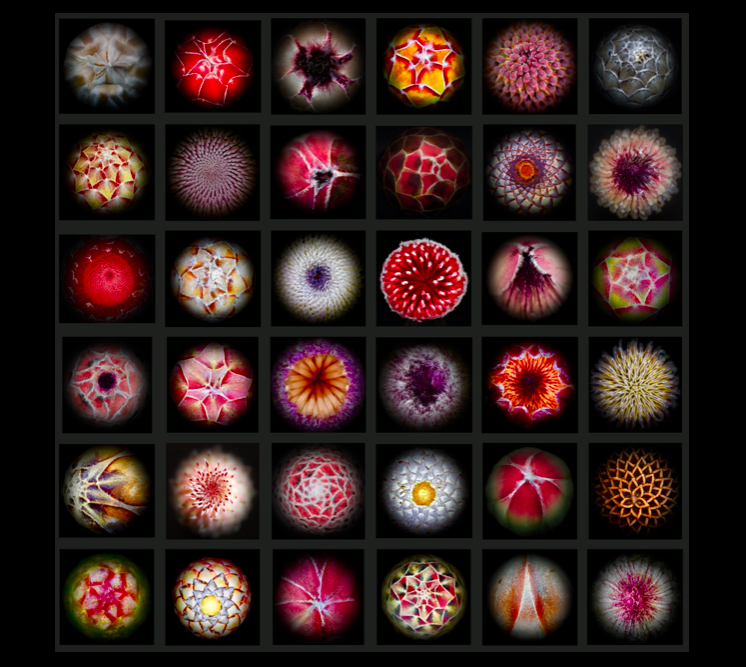
The Protea Wall
Inspiration
Andre’ van der Merwe
To what extent do our judgements, theories, cultural reference points and mental models obscure us from seeing what is present? This question remains for me as an artist, profound and provocative. Thankfully I found a means to access this question through Johann Wolfgang von Goethe. Goethe is known as the equivalent of Shakespeare in Germany. He is famous for writing Faust, a polymath of his own time. Sadly his profound way of nature observation is little known and seldom practiced. I realised 10 years ago that his way of engaging in nature had never been practiced with the protea family of plants.
The protea wall pays homage to his artful insights of tending to nature on its own terms and makes no use of cultural or historical ways of seeing. For example seeing the protea as cut flower however beautiful, is excluded. We fail to see how our classifications shape our perception of reality and thus of nature. The protea wall attempts to make no distinction, no use of hierarchical indexes or botanical names. There are no preferences for stages of growth, ‘common’ or ‘uncommon’ species. Upside, downside, inside, outside, death, decay or splendour, all perspectives are equally embraced.
In the words of the philosopher Emmanuel Kant – the protea wall attempts to ‘see the thing in itself’. The juxtaposition of an essential framework of no judgement brings to presence what is already present in the Protea family. The work has fertilised my belief that our way of seeing and being in the world will always exclude the full dimensions of what is present. That our judgements can exclude higher orders of reality fascinates me! May you see the protea with fresh eyes and perhaps step back from your deepest beliefs and allow for some transformation of your perspective. Paradoxically here we turn full circle, perhaps justifying our cultural way of seeing the protea as symbol of our transformation.